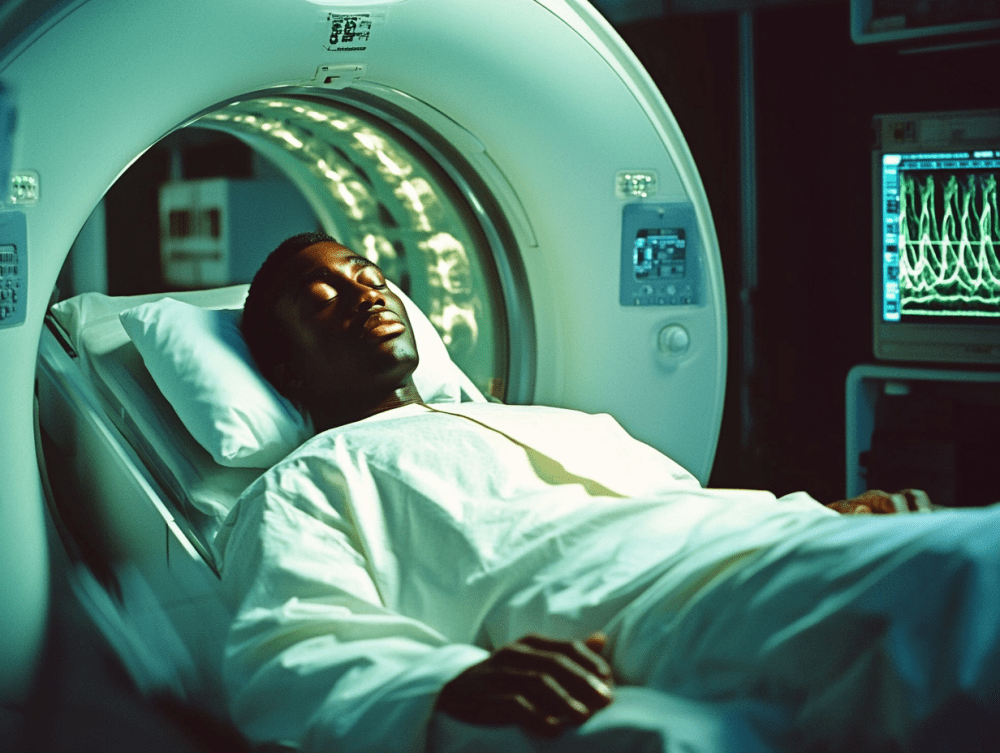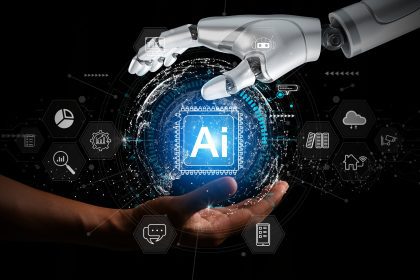Imagine walking into a doctor’s office at 45 and getting a single brain scan that tells you not just how old your brain is, but how quickly your entire body will age over the next decades. This isn’t science fiction anymore — researchers have developed a groundbreaking method that can predict your aging rate with remarkable accuracy.
This revolutionary tool could change everything about how we approach health and aging, giving people a chance to slow down biological time before it’s too late.
Why your real age isn’t the number on your birthday cake
Your chronological age — the number of years since you were born — tells only part of your aging story. What really matters is your biological age, which reflects how old your cells actually are based on the wear and tear they’ve experienced.
Some 50-year-olds have the cellular health of someone in their 30s, while others might have bodies that function like they’re 70. Genetics play a role, accounting for about 25% of aging differences between people, but lifestyle choices are the real game-changers.
Diet, exercise, sleep quality, stress management, and substance use all influence how quickly your cells age. The challenge has always been measuring biological age accurately enough to make meaningful predictions about future health.
Until now, we’ve relied on indirect markers like blood tests or physical performance measures. But researchers from Duke University, Harvard, and the University of Otago in New Zealand have cracked the code using brain imaging.
The brain scan that sees into your future
The new method, called DunedinPACNI (Dunedin Pace of Aging Calculated from NeuroImaging), analyzes patterns in a single MRI brain scan to predict how quickly someone will age. What makes this remarkable is that it doesn’t just assess brain health — it correlates with aging throughout the entire body.
The research team discovered that brain imaging can reveal aging patterns that show up in everything from muscle strength to cognitive function to physical appearance. Your brain, it turns out, is like a crystal ball for your body’s aging trajectory.
People with higher DunedinPACNI scores — indicating faster aging — showed multiple signs of accelerated biological aging: worse balance and slower walking speed, weaker muscle strength and coordination, more self-reported health problems, declining cognitive function, and even older physical appearance.
It’s like your brain carries a signature of how well your entire body is managing the aging process.
Built on decades of real-world data
This breakthrough builds on the famous Dunedin Study, which has followed over 1,000 people born in New Zealand between 1972 and 1973. For nearly two decades, researchers collected detailed health information including blood pressure, body mass index, glucose levels, and cognitive performance.
This treasure trove of data allowed scientists to see exactly how different people aged over time. They could identify who aged faster or slower, then work backwards to find brain patterns that predicted these outcomes.
The beauty of having such long-term data is that researchers could validate their brain scan predictions against real aging outcomes. They weren’t just guessing — they could prove their method works by comparing scan results to actual health trajectories.
What this means for catching problems early
The most exciting aspect of this technology is its potential for early intervention. By identifying accelerated aging in midlife, people could have 20 or 30 years to make changes that slow down biological time.
Think about it: instead of waiting until you’re 70 and dealing with multiple health problems, you could discover at 45 that your aging rate puts you at risk and take action immediately. The difference between preventive action and reactive treatment could be life-changing.
Healthcare providers could use these scans as routine aging check-ups, identifying individuals at risk of age-related diseases long before symptoms appear. This creates a critical window for lifestyle interventions, medications, or other treatments that could dramatically alter someone’s health trajectory.
The limitations we need to address
While promising, this technology isn’t ready for widespread use yet. The research was conducted primarily on people of European ancestry, so we don’t know how well it works across different ethnic groups and populations.
The method also infers aging patterns from a single snapshot in time, which may not capture the full complexity of how aging unfolds. Some people might have rapid aging periods followed by slower phases, or vice versa.
Researchers acknowledge these limitations and are working to validate the technology in more diverse populations. They’re also exploring whether multiple scans over time might provide even more accurate predictions.
What you can do right now
Even without access to this brain scanning technology, the research reinforces what we already know about healthy aging. The lifestyle factors that influence biological age are largely under your control.
Regular exercise, a healthy diet, adequate sleep, stress management, and avoiding harmful substances all contribute to slower biological aging. The people in the study with the slowest aging rates typically had healthier lifestyles throughout their adult years.
The key insight is that these changes need to happen in midlife or earlier to have maximum impact. Waiting until your 60s or 70s to address aging means you’ve missed the most powerful window for intervention.
A glimpse into personalized aging medicine
This brain scanning technology represents the future of personalized aging medicine. Instead of generic advice about healthy aging, people could receive specific guidance based on their individual aging rate and risk factors.
Imagine getting a brain scan that shows you’re aging 20% faster than average, then working with your doctor to develop a targeted plan that slows your biological aging to normal or even below-average rates. That’s the kind of precision medicine that could transform how we experience growing older.
As our population ages and healthcare costs rise, tools like DunedinPACNI could help people stay healthier longer, reducing the burden of age-related diseases on individuals and society. The scan that predicts your aging rate might just be the key to adding not just years to your life, but life to your years.















